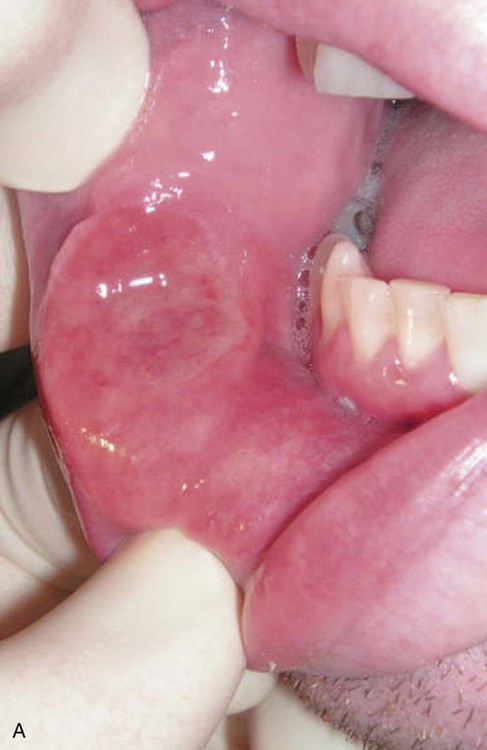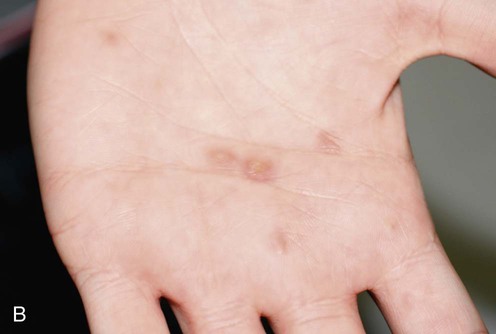Syphilis


Management Strategy
 Primary syphilis characterized by a primary chancre(s)
Primary syphilis characterized by a primary chancre(s)
 A period of sub-clinical infection or latent syphilis
A period of sub-clinical infection or latent syphilis
![]()
Stay updated, free articles. Join our Telegram channel

Full access? Get Clinical Tree


Plastic Surgery Key
Fastest Plastic Surgery & Dermatology Insight Engine



